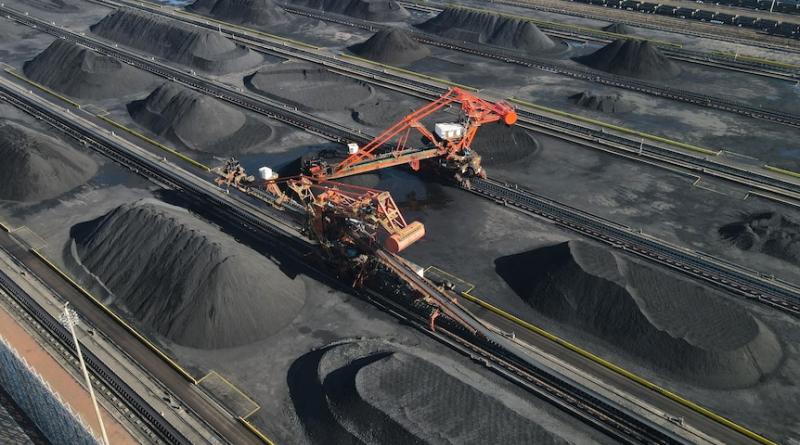China's new coal plant approvals surge in 2022, highest since 2015, new research shows

Last year, China approved the construction of another 106 gigawatts of coal-fired power capacity, the equivalent of two large coal power plants per week and its highest in seven years, new research has shown.
The report — compiled by energy data organisations the Centre for Research on Energy and Clean Air (CREA) and the Global Energy Monitor (GEM) — said the coal power capacity starting construction in China was six times as large as that in all of the rest of the world combined.
Over the year, 50GW of coal power capacity went into construction across the country, up by more than half compared to the previous year, the report said.
Many of these projects had their permits fast-tracked and moved to construction in a matter of months.
"The speed at which projects progressed through permitting to construction in 2022 was extraordinary, with many projects sprouting up, gaining permits, obtaining financing and breaking ground apparently in a matter of months," GEM analyst Flora Champenois said.
The amount of new capacity connected to the grid had slowed in recent years after a decline in new approvals over the 2017-2020 period, but it is set to rebound over the next few years, driven by concerns about power shortages.
Many of the newly approved projects are identified as "supporting" base load capacity designed to ensure the stability of the power grid and minimise blackout risks, the CREA-GEM report said.
However, many are being built in regions that already have a clear capacity surplus, and power supply problems would be better addressed by improving grid reliability and efficiency, the authors said.
China suffered a wave of blackouts in September 2021 as a result of coal supply shortages, cutting off thousands of homes and factories.
Last month, Australia sent a shipment of 72,000 tonnes coal to China, a first since sanctions on Australian exports were imposed.
A long drought last year also saw a dramatic drop in China's hydropower generation and the rationing of electricity.
Beijing has been trying to rejuvenate its economy after growth and employment were hit badly by stringent "zero-COVID" measures last year, raising concerns that its low-carbon efforts will be sidelined.
However, renewable power capacity additions have remained at record levels, with solar installations at 87GW in 2022 and that capacity is expected to rise further in 2023.
The country aims to bring its climate-warming carbon dioxide emissions to a peak by 2030, but it remains unclear what level it will reach.
cover photo:The largest amount of capacity moved ahead in Hubei as well as Guangdong, Jiangsu, Anhui, Zhejiang.(Reuters: China Daily/Handout)




